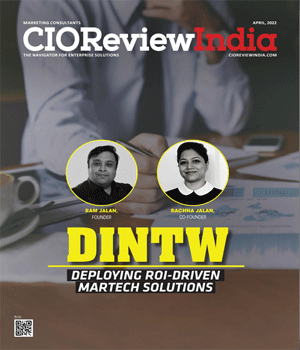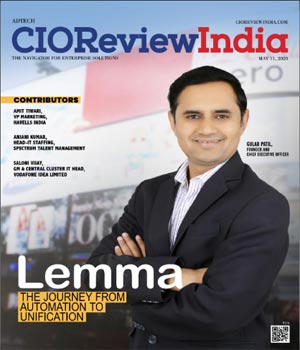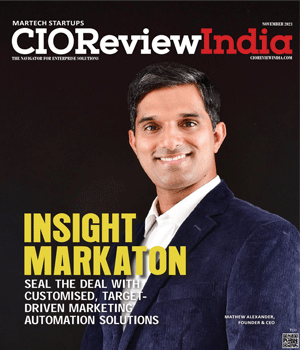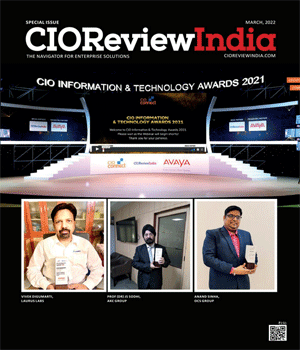
Disruptive Technologies Transforming Enterprise Asset Management
CIOReviewIndia Team | Tuesday, 03 September 2019, 13:48 IST
 According to a report by Adroit Market Research, the Global Enterprise Asset Management market is expected to reach USD 8.49 billion mark by 2025, growing at a CAGR of 10.2 percent till 2025. Latest technological advancements have enhanced the scope and visibility of Enterprise Asset Management Systems to address the challenges of the asset-intensive businesses in managing their assets. Here are some of the latest trends in the Enterprise Asset Management that are improving the operational efficiency in the asset management by increasing the asset longevity.
According to a report by Adroit Market Research, the Global Enterprise Asset Management market is expected to reach USD 8.49 billion mark by 2025, growing at a CAGR of 10.2 percent till 2025. Latest technological advancements have enhanced the scope and visibility of Enterprise Asset Management Systems to address the challenges of the asset-intensive businesses in managing their assets. Here are some of the latest trends in the Enterprise Asset Management that are improving the operational efficiency in the asset management by increasing the asset longevity.
Cloud-based asset management: Eliminating the deployment and maintenance costs
The cloud-based asset management software enables businesses to manage their assets eliminating the deployment and maintenance costs of the servers and delivers immediate results in terms of cost reduction, ease of operations and improved efficiency with precise tracking of the enterprise assets. Cloud-based asset management software also provides better security by allowing only authenticated users access to the sensitive data.
Artificial Intelligence and Machine Learning: Integrating human-like capabilities into systems
Experts believe that cognitive technologies like AI and ML are going to disrupt the enterprise asset management landscape by integrating human-like capabilities into the asset management systems to impact the entire value chain. AI empowers businesses to clearly understand the big-picture of assets beyond the technology aspects and enables them to develop an enterprise wide strategy to increase the overall performance of the organisation.
Internet of Things: Improving efficiency
IoT in the asset management helps to integrate physical assets with information technology systems for exchanging data over the internet allowing connected devices to automatically send information about their status accurately. IoT automation eliminates the need for human intervention for the inspection of the assets and improves the efficiency making the process more efficient. IoT also provides management and staff with real-time visibility about asset location and operations.
Mobility: Providing flexibility for remote operations
Today mobile applications are replacing the web based applications providing flexibility for the remote operations. Mobility offers competitive advantage to the businesses by extending the functionalities of enterprise asset management systems for the maintenance of the physical assets and infrastructure. Mobility enables businesses to handle the enterprise asset management through a mobile application by collaborating with field staff working in the remote locations.
CIO Viewpoint
Marketing Tech - A CIO Perspective
By Satish Panchapakesan, Senior Vice President & CIO, Arvind Fashions
Blockchain Based Cybersecurity For IoT
By Arunmani Subramanian, VP - Emerging Technologies, YASH Technologies
Data Science & Machine Learning In Fintech
By Jainendra Kumar, Head - Global Delivery Center-India & Senior Director Product Development Software, Diebold NixDorf
CXO Insights
Cyber Security - A Perspective
By Manu Sharma, Director - Information Technology And Corporate Security, OnMobile Global Limited
How Low-Code Is Transforming The Future Of Work...
By Deepak Pargaonkar, VP - Solution Engineering, Salesforce
Incorporating Blockchain Capabilities into...



.jpg)









